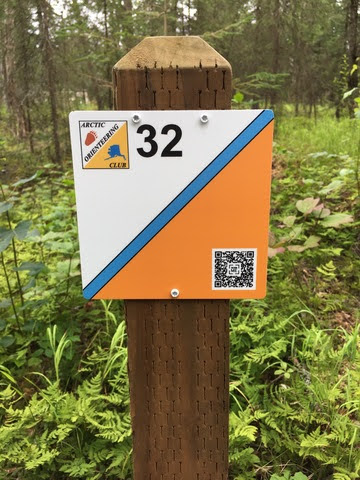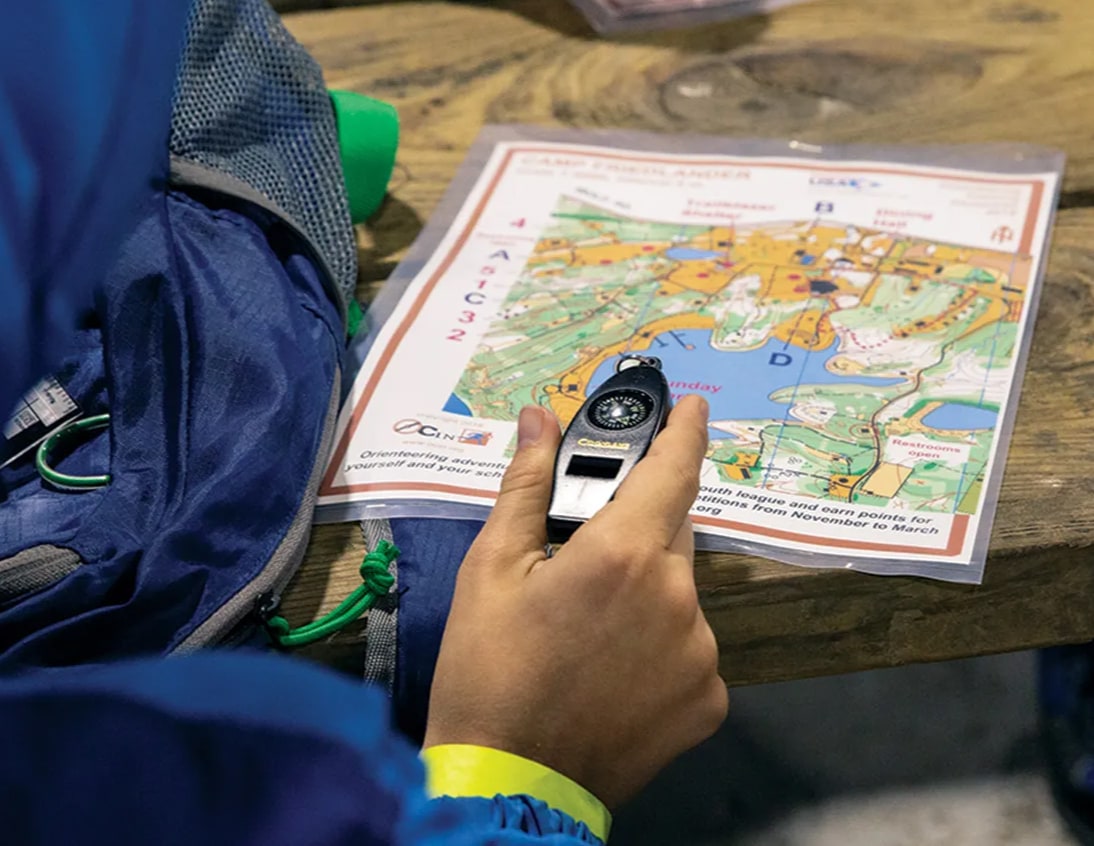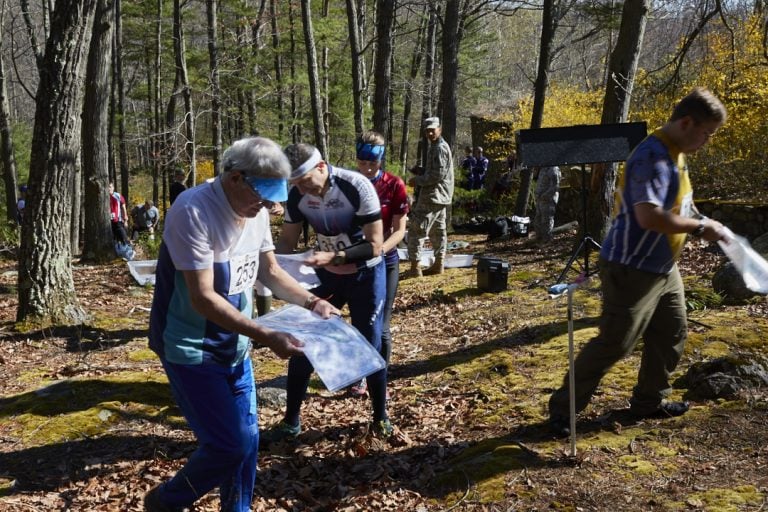A Guide to Orienteering : Follow The Custom Signs
Use Your Map, Follow the Signs
The modern sport of orienteering has it’s roots in Europe, over 120 years ago. Generally, the word orienteering means and any type of map navigation contest where you are working against a clock or other players. Orienteering first emerged in word usage in 1886, referring to the use of a map and compass to move across unfamiliar terrain. The sport of orienteering began in Sweden, originally as a training exercise for military members before branching out to the general public. The first recorded civilian orienteering competition was held in Norway in 1897. During an event, contestants are given a topographical map of the area, which they will use to locate and navigate to designated points. It is through the successful and speedy navigation and the locating of these points that one can win an orienteering competition.

Orienteering is an exciting event to participate in. You must use your wits, intelligence, fitness level and cunning to overtake your opponents and get the fastest time. There are some things you need to be aware of if you are considering trying orienteering. First, a base level of physical fitness is necessary in order to begin. In the United States, events are usually color coded by difficulty level, so that beginners are not running the same course as advanced orienters. At the elite (international) levels, orienteering events are basically off-road marathons where the participants run the entire length.

Get Outdoors and Get Going!
For a beginner, you should have a few key items of equipment before you undertake orienteering. They are a compass, whistle, proper clothing, small flashlight, and a decent water bottle. Keep in mind that orienteering matches often take place in state or national parks, forests, hills, and areas of awesome natural beauty. The terrain is often undulating and uneven, and you may be required to cross streams, rocky outcroppings, ravines, etc. For this reason, your gear should be relatively well-made. The most recommended type of compass is a base-plate compass, which is much easier to use in conjunction with your map. The whistle is only in the even that you become lost and need to signal others your location. Your terrain and location in the world will determine the type of clothing you will wear. Pants made of a tear-resistant material are almost universally recommended, regardless of the temperature, for their ability to keep out insects and critters, as well as protect your legs from brush and debris. Your water bottle should be of a construction that it may survive some abuse, and the flashlight is much like the whistle – there only in case you need it.
Training prior to undertaking any new challenge is highly recommended. For orienteering, one would do well to be familiar in how to read a topographical map, navigation techniques (with and without a compass), and a baseline physical fitness level does not hurt either. If you are a generally sedentary person, you can begin with walking a bit everyday in addition to whatever it is you are doing now. Eventually graduate yourself up to jogging and running, to enure that your cardiovascular system is as healthy as it can be.
Some of the more common forms of the sport (not requiring further explanation) are bike, canoe, cross country (foot), nighttime, relay race, ski, and trail orienteering. Other types are ROGAINE (rugged outdoor group activity involving navigation and endurance), which is basically team orienteering over a 4-24 hour period; star orienteering, where participants must return to the start after each point; and trivia orienteering, where contestants must correctly answer a trivia question at each point to prove they have been there. No matter the type, orienteering teaches critical thinking, navigation, teamwork, physical fitness, and in general, the ability to have fun. This is a great undertaking for a family who wishes to spend more time together.

The following are some links to help you learn more about orienteering and to find more details on most of the topics I have covered:
- US Orienteering – Very comprehensive site covering everything from the basics to the international orienteering community.
- Basic Orienteering – Document in PDF format that teaches how to read a compass and follow bearings.
- Trails – A good site covering the basics and history, also with an interactive map to find trails in the United States.
- International Orienteering Federation – Good site with rules, guidelines, and different types.
- 4Orienteering – Older site, but good information and links.
- BAOC – Bay Area Orienteering Club, but has good information on training, maps, events, a frequently asked questions.
- WIOL – Washington Interscholastic Orienteering League with links to resources based on whether you are a student, teacher, etc.
- Orienteering Unlimited – Very comprehensive site, to include supplies and a visual glossary.
- The Thinking Sport – Great site offering skill, strategies, and variations of orienteering.
- Try O – A great little example of a course, with a visual map walk-through.
- Symbols – Good example of symbols used on orienteering maps.
- Top End – A good basic listing and explanation of the equipment necessary.
- Outdoor Resources – Awesome link listing of sites for equipment and other resources.
- Gear Junkie – Good site with informative how-to guide.
- EEK – Good site, geared toward youths, with instructional guides on compass reading, etc.
- Neo Naturalist – Another good overview site with walk-throughs and guides.
- Map Reading – Link to a free e-book on how to become an expert topographical map reader.
- Pete and Ed – Huge listing of links to clubs broken down by state and country…even China.
- Book Rags – Huge page listing information on all aspects of orienteering.
- Boy Scouts – BSA site about their version of orienteering and the merit badge.
- NACMO – Website for the National Association of Competitive Mounted Orienteering.
- Attack Point – Training points and resources for orienteering athletes.
- Top 10 – Ten tips for novice orienteers just starting out.
- IWGA – International World Games Association site about orienteering.
- IRF – Website for the International Rogaining Federation.
- Nutshell – Very informative website that outline what your first orienteering website, in a nutshell, will be like.
- Project links – Great directory listing to several different orienteering site.
- World of O – Collection of stories and news from all around the world of orienteering.
- Fundamentals – Paper outlining the fundamentals of orienteering.
- Quantico Orienteering – Great resource for beginners looking to start orienteering.